|
Lesbian Poet Herstory Page Manager:
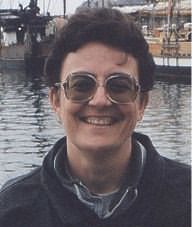
Trish Shields
bard@subee.com
Please contact Trish
with your questions or suggestions for
this section.

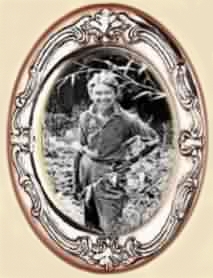
Elsa Gidlow

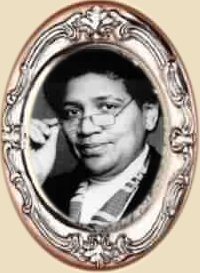
Audre Lorde

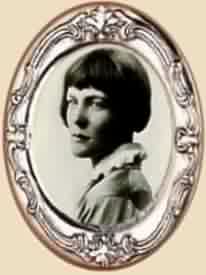
Hilda Doolittle

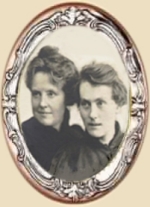
Michael Field
(Kathryn Bradley
and Edith Cooper) 
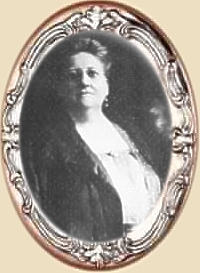
Amy Lowell

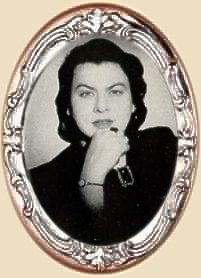
Muriel Rukeyser

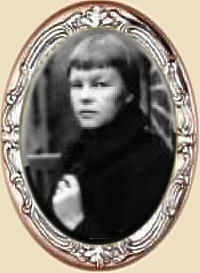
May Swenson

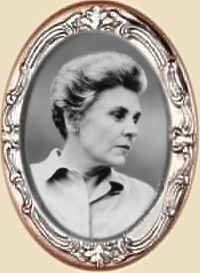
Elizabeth Bishop

|
|
Under the able
direction of poet/novelist Trish Shields,
these pages of Just About Write will introduce Lesbian
poets from
the past, a little
about their herstories, and a sampling of their works.
These women were pioneers, and
they left a remarkable legacy for
us all. We urge you
to take the time to learn something about them
and their lasting
impressions of life, love, and the world around us.

May Sarton
1912-1995
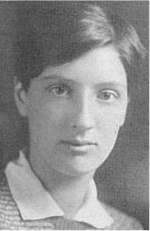
May Sarton, the only child of George and Mabel Elwes Sarton, was born in Wondelgem, Belgium in 1912. Her father was a science historian while her mother was an artist and designer. As the German War Machine advanced into Belgium in 1916, the Sartons left Europe and settled into Cambridge, Massachusetts. May traveled to Belgium for a year when she was very young and studied at the Institut Belge de Culture Franšaise. During this time she met a poet named Marie Closset who wrote under the pseudonym, Jean Dominique. Closset remained an intimate friend and mentor of Sarton's and became the inspiration for May's first novel, The Single Hound.
May was a graduate of The High and Latin School in Cambridge in 1929 and won a scholarship to Vassar College but joined a repertory theatre in New York. While she apprenticed as an actress, May wrote poetry that was published in an issue of Poetry magazine.
She spent a good deal of her life traveling back and forth between America and Europe. She had both poetry and novels published and also wrote documentary scripts for the United States War Information Office. During the tumultuous years of 1930, she met quite a few influential writers including Virginia Woolf, Julian and Juliette Huxley, Elizabeth Bowen, Hilda Doolittle and S.S. Koteliansky. She began lecturing at colleges through the United States and worked at Pearl Buck's East and West Society of New York.
| In the early 1950s she met Judith Matlack. They lived together and were devoted to each other for fifteen years. May Sarton also wrote numerous memoirs. In one of them she refers to Juliette Huxley as "the most enduring muse of her life." She had first met the Huxleys while visiting England and a relationship with Juliette developed. Years of silence and misunderstanding had kept them apart but their correspondence resumed in the 1970s. |
|
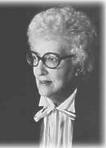 |
May wrote about important issues that affected her. Faithful Are The Wounds was written in 1955, the subject matter being the effects of blacklisting on the literary community by Joseph McCarthy. In 1965, May wrote Mrs. Stevens Hears The Mermaids Singing. It was in this novel that she outed herself as a lesbian. This novel led to her work being studied in colleges and universities. While she was pleased to be labeled a feminist, she derided the label lesbian writer because it was too limiting. The book, The Education of Harriet Hatfield, directly confronted homophobia. Journal of a Solitude focused on the terrors of living alone. A Reckoning is a story about the life of a gay son.
Although she won critical acclaim in her latter years, May felt terribly maligned by her critics who were quick to pigeonhole her because of her lifestyle. She openly stated that she was a serious author not limited to one genre but rather a universal author embraced by every walk of life covering a myriad of subject matters.
May Sarton suffered a stroke in 1990 and was unable to concentrate enough to write. She battled her affliction and its limitations through the use of tape recordings which were transcribed and published. Although she preferred rhyming verse, her last three poetry collections centered on free verse. Some believe it was the stroke that shifted the change in her poetics. She died five years later, leaving a vast work of 53 books that include poetry, novels, non-fiction memoirs/journals and two children's books.
Dear Juliette: Letters of May Sarton to Juliette Huxley, was published posthumously by W.W. Norton & Company, Inc., copyright by Susan Sherman and May Sarton's estate. Susan Sherman's other works on May Sarton are: festschrift, Forward into The Past, May Sarton Among The Usual Days and May Sarton: Selected Letters, 1916 - 1954.
"I loved them (the muses) in the way that one loves at any age, if it's real at all. Obsessively, painfully, with wild exaltation, with guilt, with conflict. I wrote poems to and about them. I put them into novels, disguised, of course. I brooded upon why they were as they were, so often maddening. I wrote them ridiculous letters. I lived with their faces. I knew their every gesture by heart. I stalked them like wild animals. I studied them as if they were maps of the world and, in a way, I suppose they were. Love opens the doors into everything as far as I can see, including, and perhaps, most of all, the door into one's own, secret, and often terrible and frightening, real self."
— May Sarton, from MRS. STEVENS HEARS THE MERMAIDS SINGING.
Awards And Honors
Poetry Award, Poetry Society of America, 1952; Reynolds Lyric Award, The Land of Silence, 1953, poetry; Guggenheim Fellow in poetry, 1954-55 Nominated for the National Book Award, Faithful Are The Wounds, 1955; Nominated for the National Book Award, In Time Like Air, 1958, poetry; Poetry Award, Johns Hopkins University Poetry Festival, 1961; Poetry Award, the Before Columbus Foundation, 1985; Poetry Award, Women's Building/West Hollywood Conexxus Women's Crisis Center, 1987; Levinson Prize for Poetry in 1993.

In Time Like Air
Consider the mysterious salt:
In water it must disappear.
It has no self. It knows no fault.
Not even sight may apprehend it.
No one may gather it or spend it.
It is dissolved and everywhere.
But, out of water into air,
It must resolve into a presence,
Precise and tangible and here.
Faultlessly pure, faultlessly white,
It crystallizes in our sight
And has defined itself to essence.
What element dissolves the soul
So it may be both found and lost,
In what suspended as a whole?
What is the element so blest
That there identity can rest
As salt in the clear water cast?
Love, in its early transformation,
And only love, may so design it
That the self flows in pure sensation,
Is all dissolved, and found at last
Without a future or a past,
And a whole life suspended in it.
The faultless crystal of detachment
Comes after, cannot be created
Without the first intense attachment.
Even the saints achieve this slowly;
For us, more human, less holy,
In time like air is essence stated.
(originally published in IN TIME LIKE AIR, 1958)
© May Sarton
Wilderness Lost
(for Bramble, my cat)
I
She was the wilderness in me
The secret solitary place
Where grow the healing herbs.
We had recognized each other
Years ago; the bond was deep.
Now since her death
Two seasons ago
The landscape is ghostly.
No small black and gold panther
Steals through the long grasses
And pounces on a mouse.
No one curls up on the terrace wall
Gathering the day together.
No round shadow sits on my sill
Late at night, waiting to be let in,
And then in one jump comes to lie beside me,
A long pillow of purrs along my back.
II
Distant, passionate one,
I miss you in my bones.
I miss you in my heartbeat.
I have mourned you for nine months.
What does not leave me
Is your great luminous eye
Open to its golden rim,
The darkness so dark, the deepness so deep there
I wanted to go with you to death
But in a few seconds
The needle did its good work.
You had gone–
And in a new time
I grow old without you.
It is all very still now,
The grief washed out.
(originally published in THE SILENCE NOW, 1988)
© May Sarton
Research Links
http://digital.library.upenn.edu/women/sarton/blouin-biography.html
http://www.glbtq.com/literature/sarton_m.html
http://www.bedfordstmartins.com/LITLINKS/poetry/sarton.htm
http://www.poetrymagazine.com/archives/2000/March00/sarton.htm
http://www.uic.edu/depts/quic/history/may_sarton.html
http://nvnv.essortment.com/wherecanilear_rlnr.htm
|


